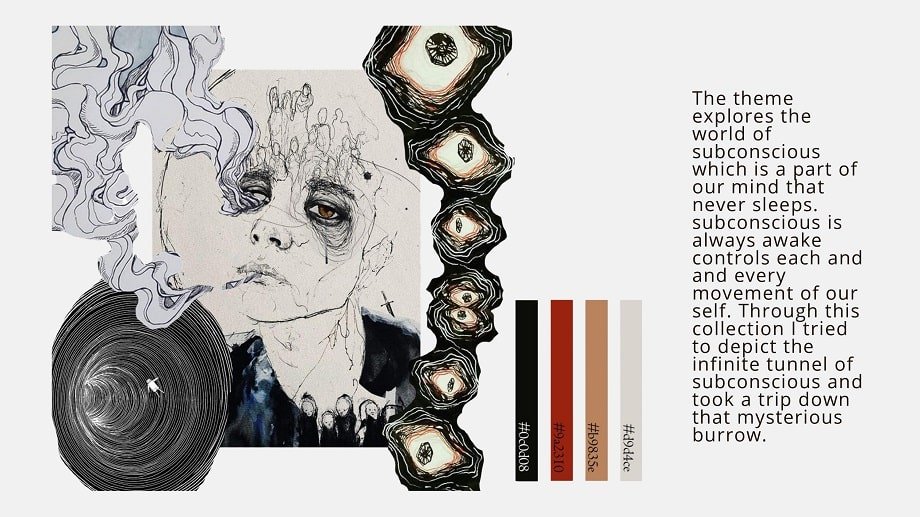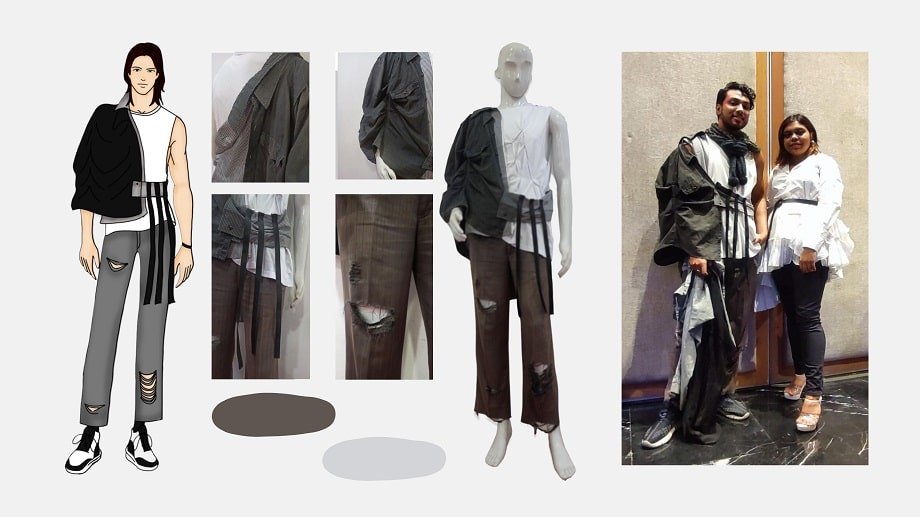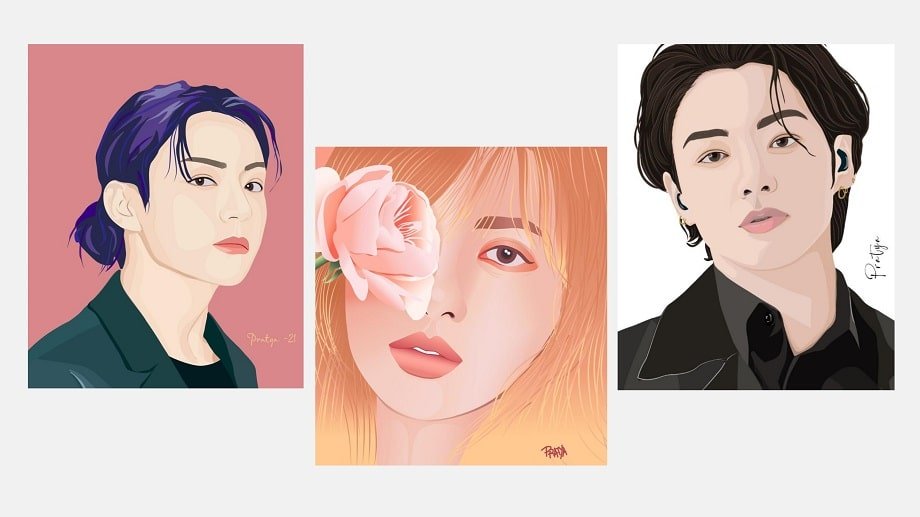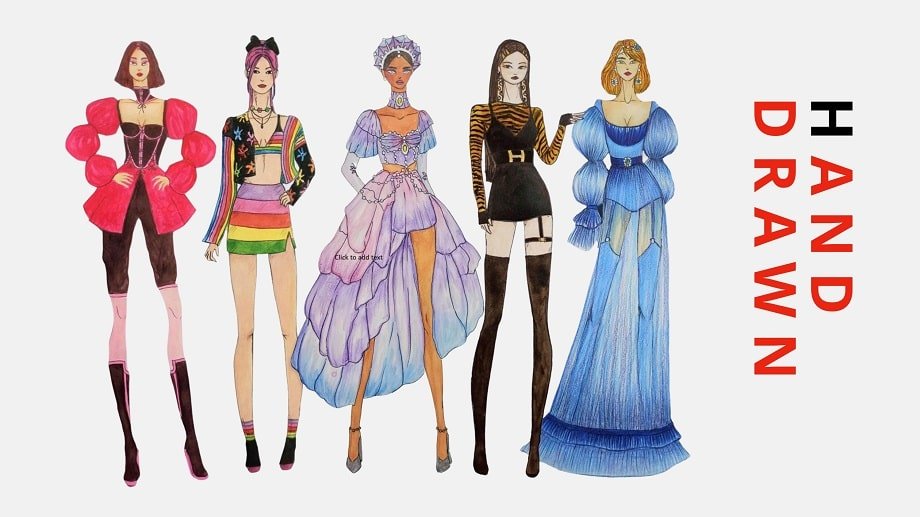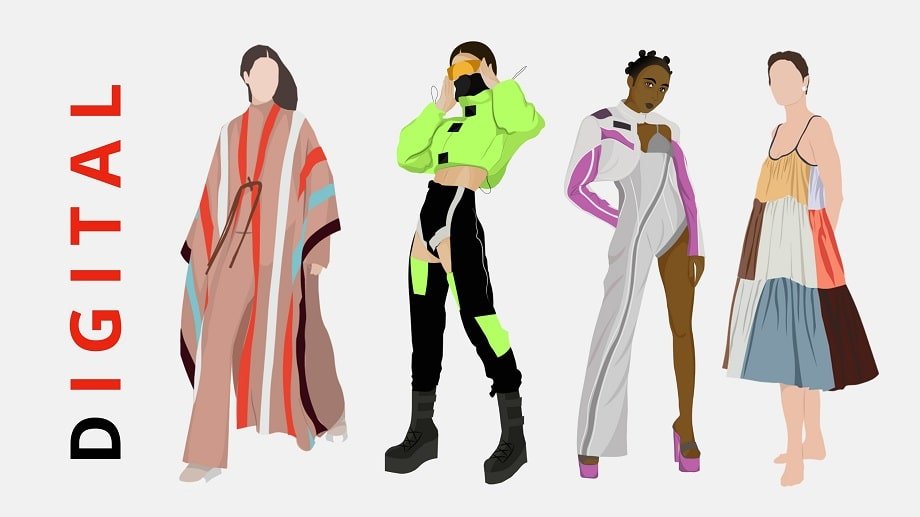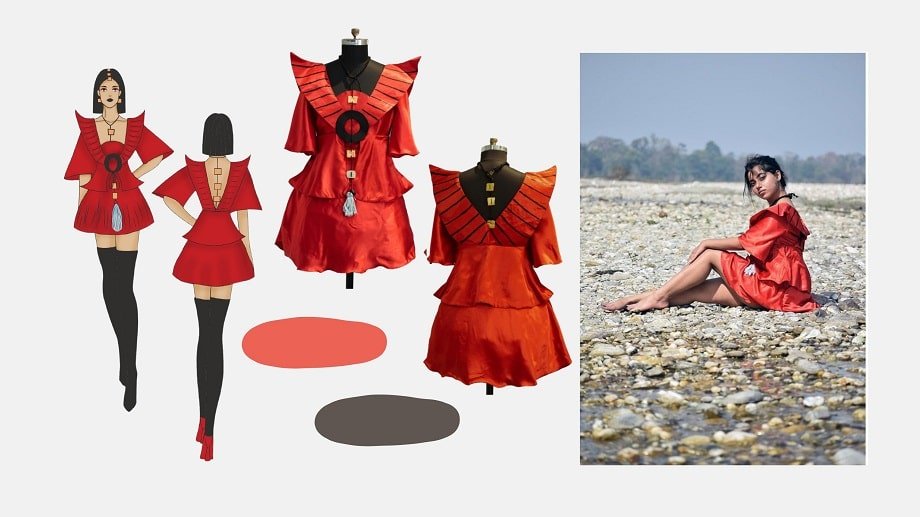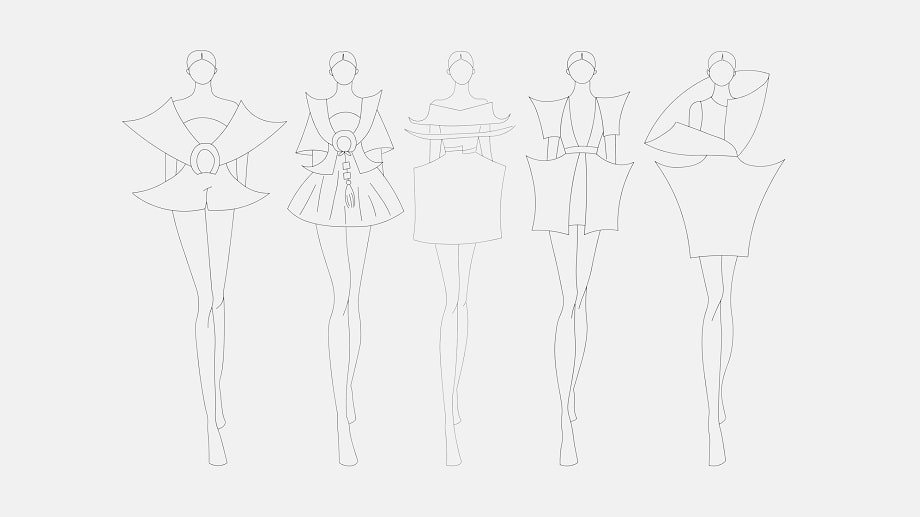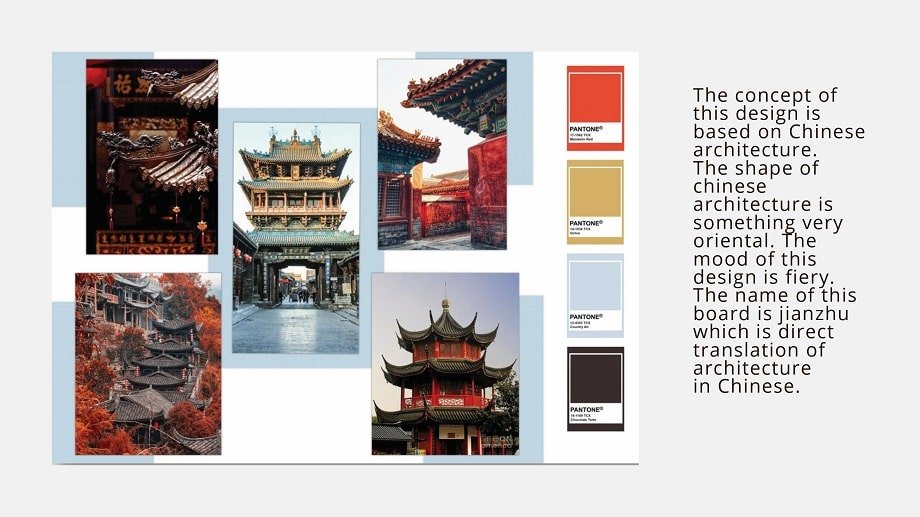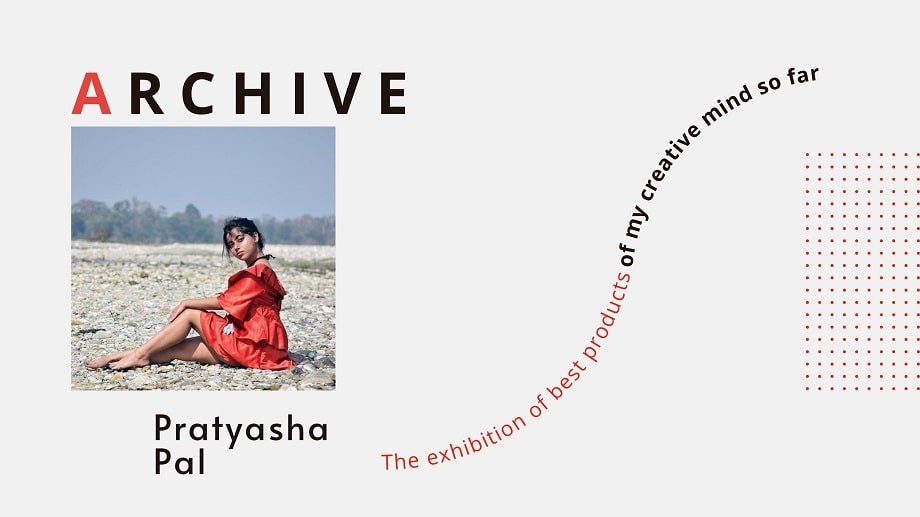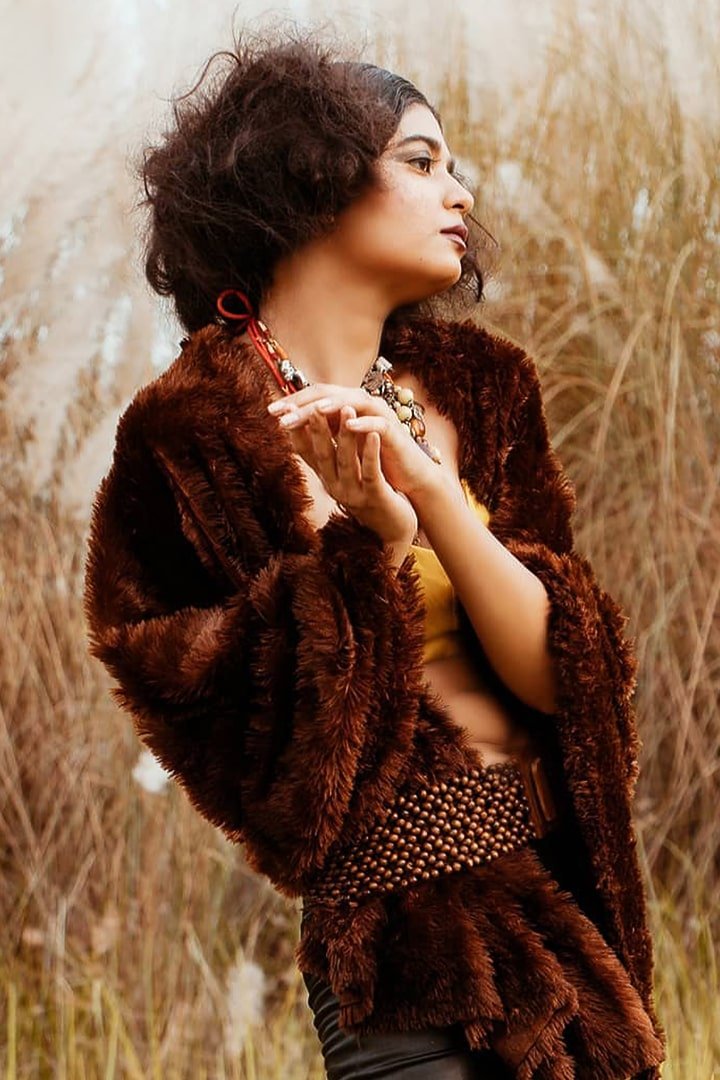PORTFOLIO DESIGN & DEVELOPMENT

Create a unique professional portfolio for your design career and excel in the field of fashion and interior design. ESEDS has curated a detailed course in portfolio development to help you achieve your dream.
- Level: Short Term Certification Course
- Duration: 6 Months
- Eligibility: Minimum Secondary or Equivalent examination (CBSE, ICSE, WBSE or any other equivalent board exams) with English as a compulsory subject preferred.
This course has been introduced to the students to understand visual interpretation and representation along with practical skills to incorporate the entire gamut from concept, research, design process and technical application for design realization.
It encourages students to develop:
- an ability to record from direct observation and personal experience;
- an ability to identify and solve problems in visual and/or other forms;
- creativity, visual awareness, critical and cultural understanding;
- an imaginative, creative and personal response;
- confidence, enthusiasm and a sense of achievement in the practice of Art and Design;
- growing independence in the refinement and development of ideas and personal outcomes;
- engagement and experimentation with a range of media, materials and techniques, including new media where appropriate;
- experience of working in relevant frameworks and exploration of manipulative skills necessary to form, compose and communicate in two and/or three dimensions;
- knowledge of a working vocabulary relevant to the subject and an interest in, and a critical awareness of, other practitioners, environments and cultures;
- investigative, analytical, experimental, interpretative, practical, technical and expressive skills.
| 3 Months |
|---|
| Design Ideas & Generation |
| Aesthetically pleasing & creative design |
| Professional communication |
| Conceptualization |
| Design Process |
| Exploration, Research & Analysis |
| Showing relevant Skills |
| Portfolio development |
| 3+3 Months |
|---|
| Global Aesthetics |
| Communication |
| Advanced understanding of thematic concept |
| Concepts in design process |
| Fashion forecasting |
| Portfolio Development |
The assessment for the Portfolio Development Course focuses on the creative presentation, clarity, and professionalism of each student’s individual portfolio. Evaluation is based on the development process, visual communication skills, conceptual strength, and the ability to effectively showcase design work for academic or industry opportunities. Continuous feedback and one-on-one mentoring guide students in refining their portfolios to meet global standards in fashion and interior design.
The Portfolio Development Course at ESEDS is connected with industry professionals and design studios to ensure students create portfolios that meet real-world expectations. Through interactions with mentors, guest critiques, and exposure to current industry standards, students gain valuable insights into what employers and clients look for, enhancing their readiness to enter the competitive fashion and interior design markets.
Understanding how to communicate through portfolio as well as being aesthetically pleasing. This course is to compile all the works in a thematic way to show all the relevant skills.

